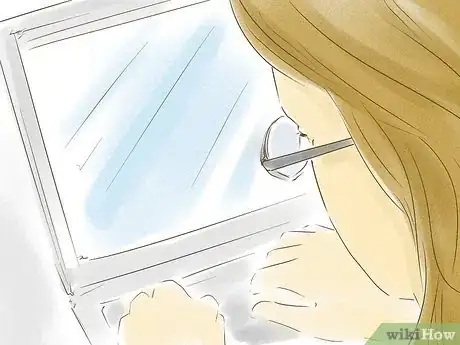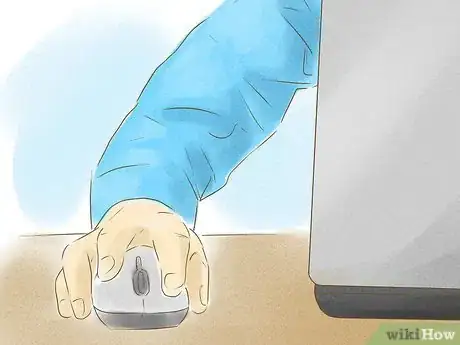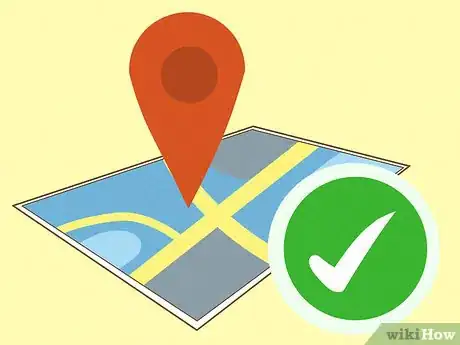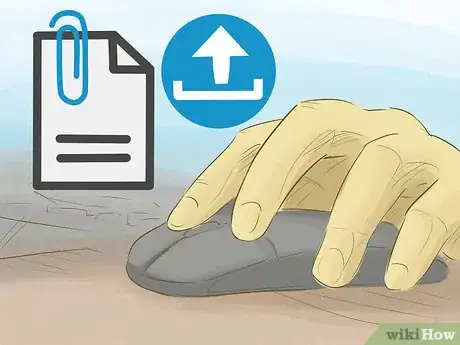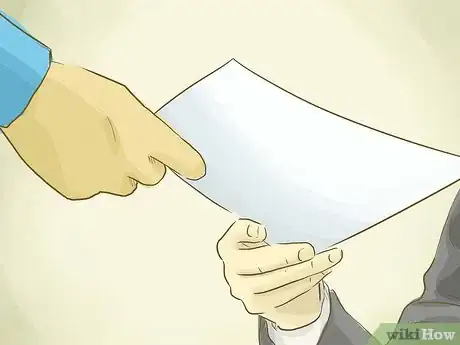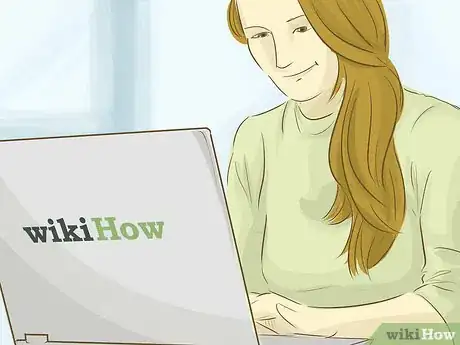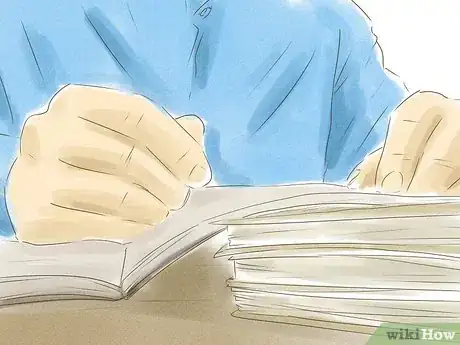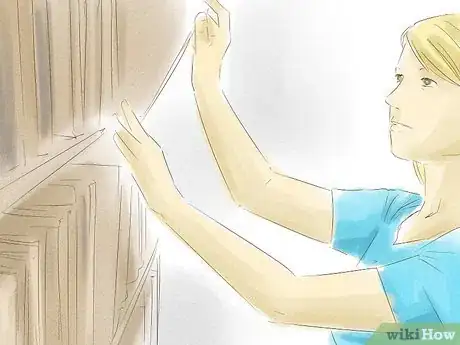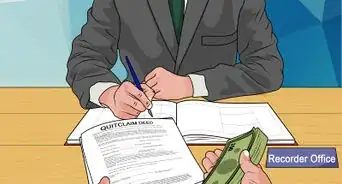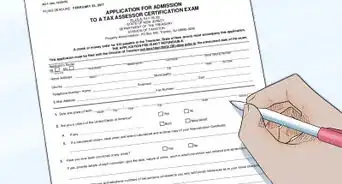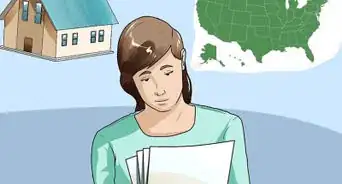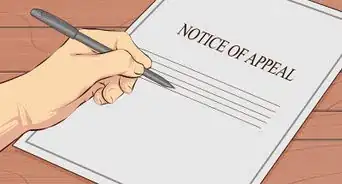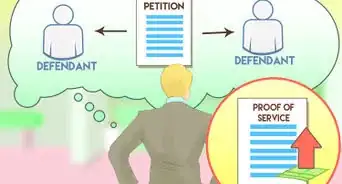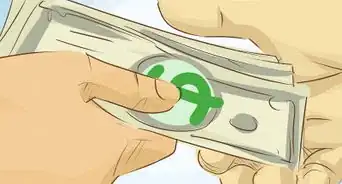wikiHow is a “wiki,” similar to Wikipedia, which means that many of our articles are co-written by multiple authors. To create this article, 13 people, some anonymous, worked to edit and improve it over time.
This article has been viewed 148,089 times.
Learn more...
Discovering who owns land in the UK is a relatively straightforward task, even when the local residents have no idea who owns the property. England and Wales, Scotland, and Northern Ireland each have their own land registers that can be searched for a small fee. 85% of the property in England and Wales is registered[1] , and in Scotland and Northern Ireland, one can often find the owners of even unregistered lands using the Sasines Register and Register of Deeds, respectively. So if you have an address or an accurate map of the land you want to know about, you can usually discover who owns it.
Steps
Starting Your Search for Landowners
-
1Note that there are many reasons why people search for the owners of land:
- They may be looking to buy a piece of land that is not for sale.
- Or require the consent of a property owner to carry out changes to the land.
- Possibly they need to issue court papers on the owners.
- Have a boundary issue or want to extend land or garden area.
- Considering using the land for pasture.
-
2Use the internet. Start by entering the address or any information that you may have in a search engine. You can often find the owner this way, and even if you can’t, a search will waste little time and no money. There are also pay sites, usually based on the information found in official registries, such as whoownsscotland.org.uk or landregistryservices.com.Advertisement
-
3Ask around. The easiest way to find out who owns a piece of land is to ask the locals. Check the local pub or with neighbours.
-
4See if anyone is on the electoral roll for the address. The local authority or council should have the electoral roll information.
Using the Land Registry in England and Wales
-
1Consult the Land Registry for land in England or Wales. If talking to the locals and town authorities does not turn up an owner, or if you want to be sure they are correct, you should consult the Land Registry. You can search for property online by its address or map location. The cost is only 3 pounds for a basic search or 4 pounds plus other costs for a search of the index map.
-
2Search by address. If the property you are looking at has an address, then the search is easy. You’ll need the:
- Flat number
- House number or name
- Street name
- Town
- Post code
-
3Do a map search. If you have an incomplete address or no address, you can do an online search using map and aerial imagery. Just use the map to zero in on the area of interest, then click "find properties" to see a list of properties in the area.
-
4Ask for a search of the index map to double check if a property is registered. If your address search or map search do not reveal any title for a property, this does not necessarily mean the property is unregistered.[2] To be sure, you will want to do an index map search. Unlike address or self-guided map searches, an index map search provides results with the benefit of indemnity protections under the Land Registration Act of 2002.
- Use form SIM to apply for an index map search.
- Supply as much information as possible, including:
- The local authority serving the property, to whom taxes are paid
- Postal number or house name
- Road name
- Locality
- Postal town name
- Postcode
- Ordnance survey map reference
-
5Include a plan if the property does not have a postal description, or if there is doubt as to the extent of the property. The Ordnance Survey can help you locate a large scale Ordnance Survey map for your plan. The plan must:[3]
- Be drawn to scale.
- Be a copy of an extract from the Ordnance Survey map on the largest scale published (usually 1/1250 for urban properties and 1/2500 for rural properties).
- Indicate scale and orientation.
- Show the extent of the property by coloring or edging.
- Show the position of the property in relation to nearby roads and other features.
-
6Submit your index map search application online or via mail. You can check where to submit it here.
-
7Remember that just because a property is not registered, does not mean it is not owned. Over 85% of property in England and Wales is now registered. However, even unregistered property is owned, though the ownership is not recorded. As a last recourse, consider hiring an attorney or other expert in determining property ownership.
Searching with the Land Register of Scotland
-
1Perform an ownership search at the Registers of Scotland website. You can search by address or by uploading a plan. Scotland does not have a self-guided map search like that for England and Wales. You can find such a function at whoownsscotland.org.uk, but you will have to subscribe, starting at 5 pounds a month.
-
2Search by postal address. Results will be returned within 2 business days. For this search to work, you will need the full postal address, including:
- Postal number
- Road name
- Town/City
- County
- Postal Code
-
3Submit a plan showing the area to be searched. The map must be to scale and show nearby roads or other buildings.[4] The cost of such a search is 24 pounds, and a response will be forthcoming in 2-5 business days. For more information on the format of the plan, contact a Registers of Scotland Customer Service Center.
-
4Try the Sasine Register if the land is unregistered. Before the establishment of the land title system in 1981, all property transfers were recorded in the Sasines. You can consult the Sasines yourself in Edinburgh, or hire a record agent to perform the search for you.
Using the Land Registry in Northern Ireland
-
1Go to a Land and Property Services Customer Information Center. You will need to conduct your search in person with the help of the center staff. There are centers in Belfast, Ballymena, Omagh, and Craigavon. You can find full addresses at the Land and Property website.
-
2Consult the land registry map with the help of center staff. You can find the property via address or by bringing a map showing nearby road names and landmarks. If the land is registered, you can view its file, including the current registered owner. The cost of such a search is 5 pounds. There are additional fees for obtaining a copy of the file or registry map.[5]
-
3Search the registry of deeds if the property is not registered in the land registry. Records beginning in 1990 have been digitized and can show the property’s original deed. Center staff will help you with your search. To search the paper records before 1990, you will need the name of the previous owner. Try asking about in the locality to see if you can discover it.[6]
Community Q&A
-
QuestionI am interested in a piece of property that is unregistered and the owner is unknown. How can I find the owner?
 Community AnswerContact your property agent and your lawyer to find the owner.
Community AnswerContact your property agent and your lawyer to find the owner. -
QuestionHow do I deal with a non-owned tree doing root damage to our property?
 Community AnswerTurn to the responsible municipality or the forestry office and ask who owns the tree. They will probably help you or tell you who (or which authority) to turn to.
Community AnswerTurn to the responsible municipality or the forestry office and ask who owns the tree. They will probably help you or tell you who (or which authority) to turn to. -
QuestionHow can I determine who actually legally owns a small plot of land that many claim to own so I can attempt to buy it?
 Community AnswerChecking with the government officials and with the land registry records should verifying who owns it.
Community AnswerChecking with the government officials and with the land registry records should verifying who owns it.
References
- ↑ https://www.gov.uk/government/uploads/system/uploads/attachment_data/file/332490/Land_Registry_Annual_Report2014v27Aweb.pdf
- ↑ https://eservices.landregistry.gov.uk/www/wps/portal/!ut/p/b1/04_SjzS0NDUzMTczMDPUj9CPykssy0xPLMnMz0vMAfGjzOKNjSxMDA1NjDwsjM3MDTxN3dyNDUNMjQ28QRoiURT4uzkaeBo7-Xu7GwcaGRiYkaofVYGFEWX63Q0J6Q9OzdMP149CU4bpC7zmgJyJVwHIHWAFBjiAo4G-n0d-bqp-blSOm5tFsGeWiaMiAOlrSHE!/dl4/d5/L2dJQSEvUUt3QS80SmtFL1o2XzMyODQxMTQySDgzNjcwSTVGRzMxVDUzMEMw/
- ↑ https://www.gov.uk/government/publications/official-searches-of-the-index-map/practice-guide-10-official-search-of-the-index-map#introduction
- ↑ https://www.ros.gov.uk/services/customer-services/searching-the-registers
- ↑ https://www.finance-ni.gov.uk/articles/overview-land-registration#toc-2
- ↑ https://www.finance-ni.gov.uk/topics/land-registration/registry-deeds#toc-1
About This Article
If you're unsure who owns a plot of land in the UK, there are a few places you can find the information. If you’re in the area, ask the neighbours or ask in a local pub or shop. You can also check the electoral roll for the address to see if anyone’s registered to vote there. In England and Wales, check the Land Registry website to find the property owner. Or, in Scotland, go to the Registers of Scotland website. These will cost a few pounds to use, but they should have most properties on there. In Northern Ireland, you’ll need to go in person to a Land and Property Services Customer Information Centre, where they’ll help you locate the landowner. You can also check third-party paid sites like landregistryservices.com. For more tips, including how to search for unregistered landowners, read on!

